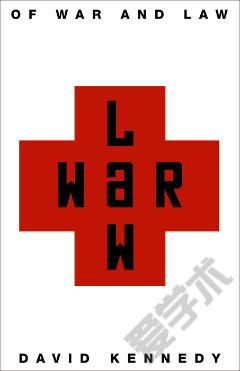Enactment of War and the Use of Military Force: Background and Legal Implications
Article I, Section 8, of the Constitution vests in Congress the power "to declare War." Pursuant to that power, Congress has enacted 11 declarations of war during the course of American history relating to five different wars, the most recent being those that were adopted during World War II. In addition, Congress has adopted a number of authorizations for the use of military force, the most recent being the joint resolution enacted on October 16, 2002, authorizing the use of military force against Iraq. To buttress the nation‘s ability to prosecute a war or armed conflict, Congress has also enacted numerous statutes which confer standby authority on the President or the executive branch and are activated by the enactment of a declaration of war, the existence of a state of war, or the promulgation of a declaration of national emergency.This book examines a number of topics related to declarations of war and authorizations for the use of military force by the United States. It provides historical background on each of the declarations of war and on several major authorizations for the use of force that have been enacted; analyzes the implications of declarations of war and authorizations for the use of force under both international law and domestic law; lists and summarizes the more than 250 standby statutory authorities that can come into effect pursuant to a declaration of war, the existence of a state of war, and/or a declaration of national emergency; describes the procedures in Congress governing the consideration of declarations of war and authorizations for the use of force, including the procedures under the War Powers Resolution; and sets forth in two appendices the texts of all of the declarations of war and the major authorizations for the use of force that have been enacted.
{{comment.content}}








 京公网安备 11010802027623号
京公网安备 11010802027623号